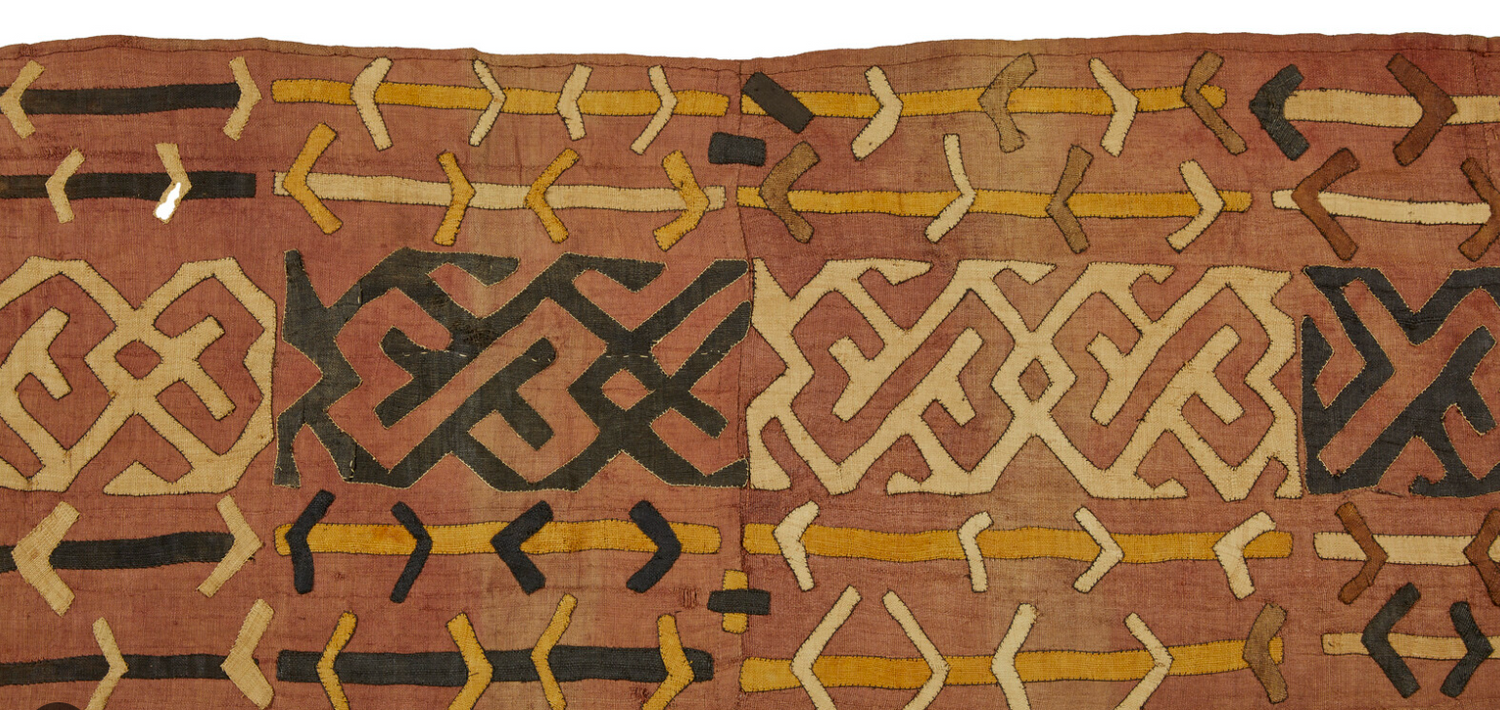The iconic Bamileke tables, originating from the Grassfields region of Cameroon in Central Africa, are more than just furniture—they are a symbol of tradition, craftsmanship, and cultural heritage. Created by the Bamileke people, these intricately carved wooden tables are known for their cylindrical shape and elaborate lattice-style patterns.
What makes Bamileke tables remarkable is that they are made using traditional, primitive tools such as adzes, chisels, and knives—often hand-forged by local blacksmiths. These tools allow artisans to carefully hollow out a single solid log of wood, typically without the use of modern machinery. Every cut and curve is guided by experience passed down through generations.
The wood used for Bamileke tables is usually sourced from indigenous trees such as iroko or other dense, durable hardwoods native to the region. These trees are chosen for their strength and ability to withstand years of use, often withstanding the wear of time better than commercially processed wood.
Creating a single Bamileke table can take anywhere from several days to several weeks, depending on its size and the intricacy of the design. Larger or more elaborate pieces may require a small team of artisans working collaboratively. The process includes carving, smoothing, drying, and sometimes staining or waxing the finished piece to bring out the natural beauty of the wood.
Every Bamileke table is a one-of-a-kind creation—shaped by hand, rooted in local tradition, and imbued with cultural meaning. What may seem like a simple decorative table is, in fact, the result of labor, patience, and generations of inherited knowledge.



